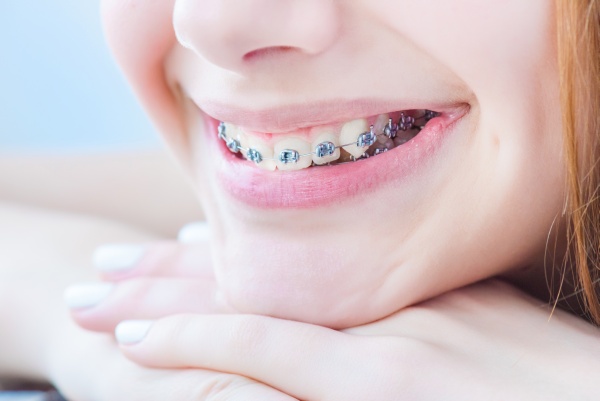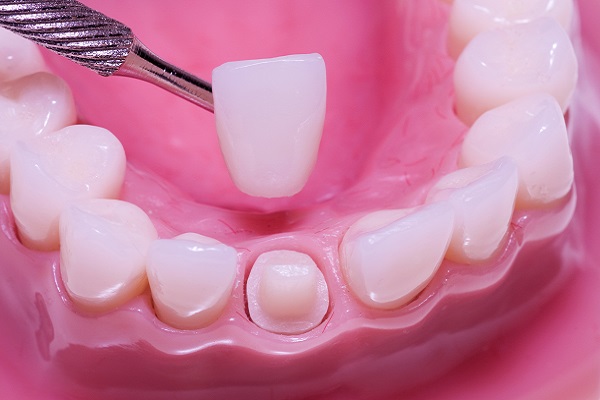4 Bite Complications That Orthodontic Treatment Can Fix

Learning more about orthodontics is a great idea when you are experiencing any kind of dental problem. One of the more common problems dental patients experience is not having a proper bite, which means their teeth or jaws are not in proper alignment. Bite problems need to be treated in a timely manner, otherwise they can lead to additional dental problems.
About orthodontic treatment
Learning more about orthodontics is a great idea, as this branch of dentistry focuses on moving teeth into their proper position so they can work exactly as they are supposed to. The most common type of orthodontic treatment used to help straighten teeth is braces, of which there are a few different types that those in need can choose from nowadays. The overall goal of orthodontic treatment is to give someone a healthy bite, which is important to their dental health as well as their overall health.
4 bite complications that orthodontic treatment can fix
The list below includes four different types of bite complications that can be treated by using orthodontics:
#1 – Crowding
Many people have crowded teeth, which means that there is simply not enough space in the upper or lower jaw to accommodate all of someone’s teeth. When there is not enough space in the mouth to accommodate all teeth, the teeth will become crooked. In order for a dental professional to make the teeth move into their correct positions, one of the different types of braces available nowadays will be used.
#2 – Underbites and overbites
Both underbites and overbites are considered to be bite complications, even if they are minor. Whenever a dental patient is diagnosed with an underbite or an overbite, they will need to have braces placed on their teeth in order to correct this fairly common dental problem. If it is determined that a patient has a severe underbite or overbite, it may be necessary for them to undergo dental surgery to correct this dental problem.
#3 – Crossbite
A crossbite is a bite complication that means when a dental patient bites down, their upper teeth fit behind their lower teeth. While genetics are often a factor in causing this type of dental problem, it can also be caused by certain habitual behaviors, such as prolonged thumb sucking. This bite problem is often treated by wearing braces, though it can also be treated using an orthodontic palate expander.
#4 – Spacing
This bite problem is the opposite of tooth crowding, as spacing means that there are too many spaces or gaps in between the teeth. While sometimes the problem of having spaces or gaps in one’s mouth will resolve itself, most of the time a dental patient will need to undergo some type of orthodontic treatment in order to close the gaps. The most common type of orthodontic treatment is wearing braces.
Are you currently suffering from a bite complication?
Are orthodontics in your near future? Now that you understand some of the more common bite complications that can be fixed using an orthodontic treatment plan, are you in need of treatment? It really is essential that your bite is a healthy one, which may require you to undergo treatment in order to move your teeth into their proper positions.
Are you considering orthodontics in the Los Angeles area? Get more information at https://sylmardentalandbraces.com.
Check out what others are saying about our dental services on Yelp: Orthodontics in Los Angeles, CA.
Recent Posts
Usually, patients can expect a dental crown to last around five to 15 years. But the life of a dental crown might depend on how much wear and tear the restoration undergoes. Plus, avoiding habits like clenching the teeth or chewing hard objects is advisable. That can extend the life span of the crown. Keep…
Cosmetic dentistry aims to improve the aesthetics of your smile. It might involve treatments that improve how your teeth appear or treatments that alter the way gum tissues at the base of your teeth look.Cosmetic dentistry often combines various treatments to address all of the issues that negatively impact the appearance of the patient’s teeth.…
You might be interested in a consultation with a restorative dentist if you have a damaged or missing tooth. The dentist can restore and preserve your teeth, no matter how damaged they are, using contemporary procedures, including dental implants, veneers, and crowns. However, going to a dentist for a consultation might be frightening, so it…
Dental visits are an important component of a comprehensive oral health care routine. Whether your upcoming family dentist appointment is for a regular cleaning and checkup or a more involved procedure, there are a handful of things you can do in advance to prepare. The most important thing you can do for your dental appointment is…


